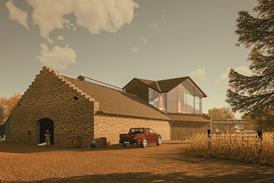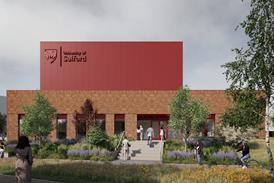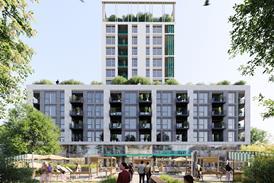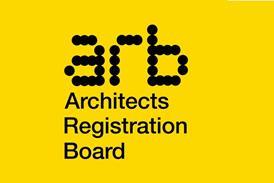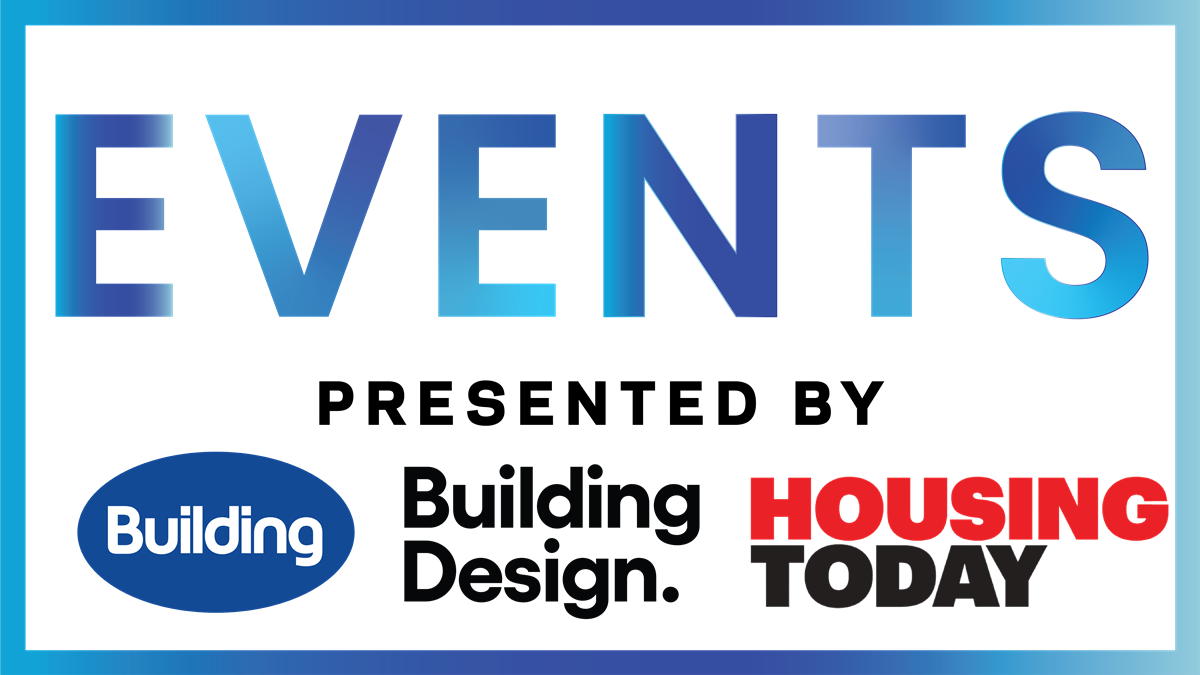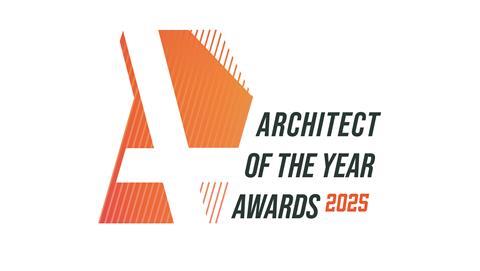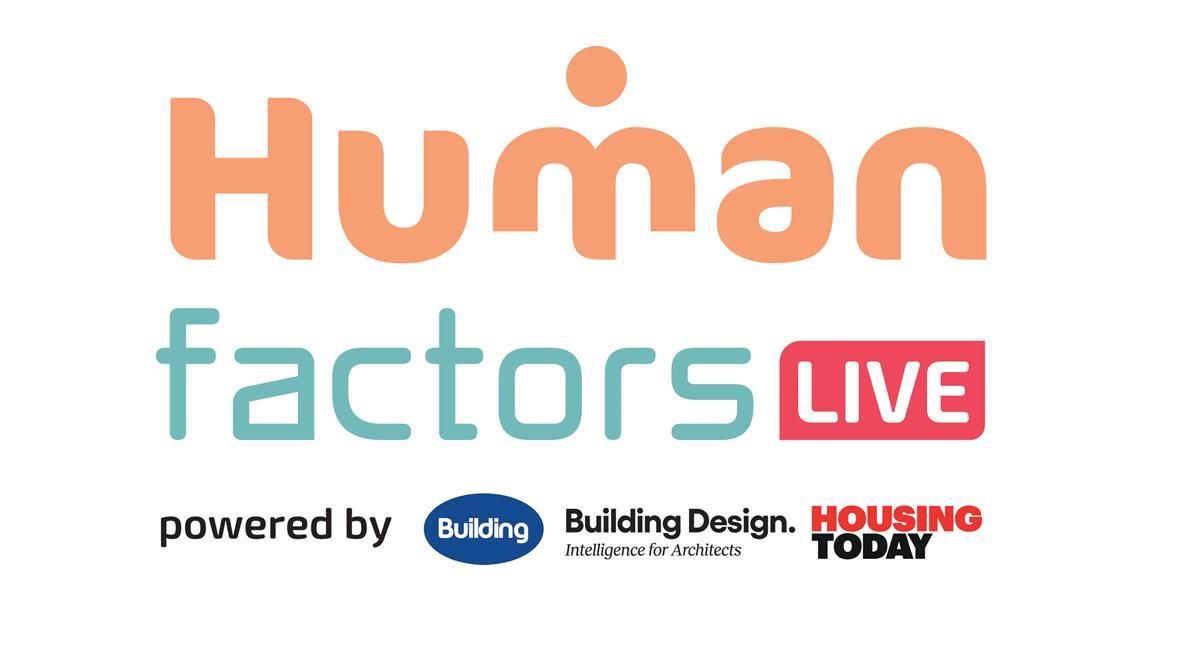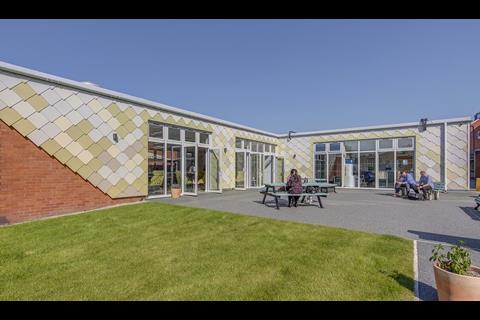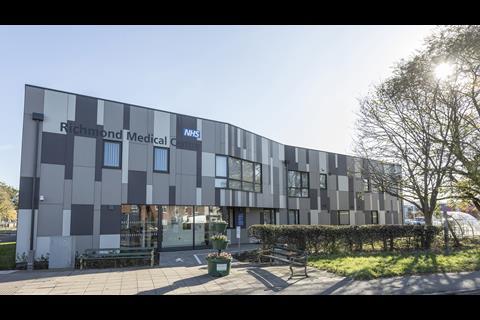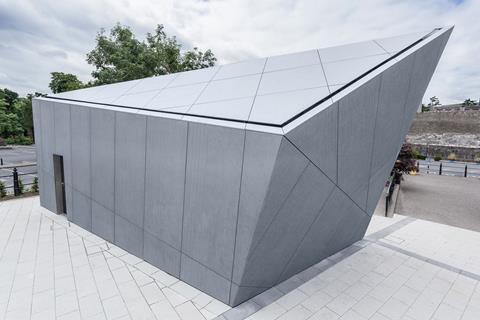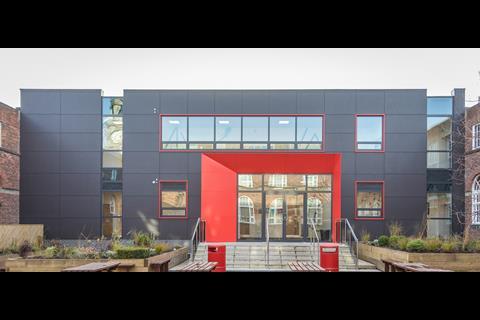Discover how EQUITONE’s fibre cement facades are leading the way in sustainable architecture, combining Cradle to Cradle Certified® accreditation, outstanding durability, and design flexibility
![MAIN IMAGE Office for National Statistics, South Wales EQUITONE [natura]](https://d3rcx32iafnn0o.cloudfront.net/Pictures/480xany/3/6/7/1996367_mainimageofficefornationalstatisticssouthwalesequitonenatura_758969.jpg)
The UK government has committed to ambitious targets to reduce greenhouse gas emissions and transition to a low-carbon economy.
The Climate Change Act 2008 (2050 Target Amendment) Order 2019 sets out a legally binding target of achieving Net Zero Carbon Buildings by 2050. Scotland has set a target of becoming a net zero economy by 2045.
In addition, the Future Homes Standard (scheduled for introduction in 2025) will require new homes to be built with 75-80% lower carbon emissions than current standards.
As the building industry moves towards a more sustainable future, it is important to measure and source products from suppliers who prioritise environmental responsibility and have their achievements verified by third-party sustainability certification bodies.
![Ashton Sixth Form College - EQUITONE [tectiva]](https://d3rcx32iafnn0o.cloudfront.net/Pictures/480xany/3/6/4/1996364_ashtonsixthformcollegeequitonetectiva_882316.jpg)
Measuring sustainability
A standard way of comparing the environmental impacts of different building products is through Environmental Product Declarations (EPDs), which are based on data taken from product life-cycle assessments (LCA).
The LCA can use Cradle-to-Gate or Cradle-to-Grave methodologies. The Cradle-to-Gate methodology only contains a limited amount of data from raw material extraction until it leaves the factory gate, but the Cradle-to-Grave assessment analyses a product’s entire lifecycle from raw material extraction, manufacturing and transport through to its disposal or ‘grave’.
However, as we move progressively towards a Circular Economy there is now a strong argument to say that just minimising negative environmental effects during a product’s lifecycle is not ambitious enough and that we should also examine the impact of products and buildings on future generations.
For this reason, in addition to providing full EPDs for all its fibre cement cladding products, EQUITONE has also embraced Cradle to Cradle Certified® as a globally recognised standard.
![Bristol Business School - EQUITONE [tectiva]](https://d3rcx32iafnn0o.cloudfront.net/Pictures/480xany/3/6/5/1996365_bristolbusinessschoolequitonetectiva_872382.jpg)
The importance of C2C Certified®
Cradle to Cradle is a design philosophy that encourages the reuse, repurposing and recycling of building materials as part of a circular pathway that will positively impact the environment and society.
Its core principles were developed through the collaboration of German scientist, Professor Michael Braungart and American architect William McDonough in the 1990s and were based on the concept that, in nature, everything is a resource for something else.
To ensure consistency, transparency, and ongoing development of the C2C philosophy, the Cradle to Cradle Products Innovation Institute (C2CPII) developed C2C Certified®, a rigorous multi-attribute standard to evaluate and certify building products and materials.
This comprehensive assessment covers five categories: material health, material re-utilisation, renewable energy and carbon management, water stewardship, and social fairness.
Based on their performance in each category, eligible products can achieve a Basic, Bronze, Silver, Gold, or Platinum standard - though the actual certification level is based on the lowest score in all five criteria.
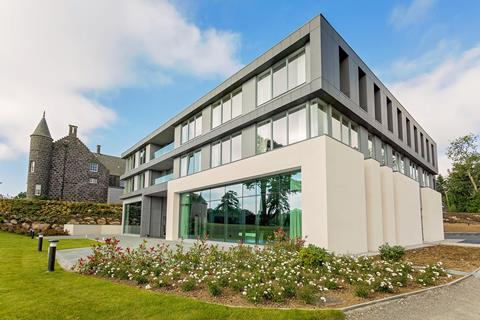
Trailblazing C2C Certified® in fibre cement cladding
EQUITONE’s are the first and only fibre cement cladding materials to have achieved Cradle to Cradle Certified® at the Bronze Level according to the following categories of sustainability performance:
- Material Health: the ingredients used are verified as safe for humans and the environment.
- Product Circularity: the material is designed to enable a circular economy through regenerative ingredients and process design.
- Clean Air & Carbon: the material is made in ways that help protect clean air, promote renewable energy, and reduce harmful emissions.
- Water & Soil Stewardship: the material is made in ways that safeguard clean water and healthy soils.
- Social Fairness: the material is made in ways that respect human rights and contribute to a fair and equitable society.
This accreditation gives clear, independently certified data to enable architects to make informed product choices to help them deliver their circularity and green building ambitions.
A journey of continuous improvement
C2C Certified® is not an end in itself but an ongoing process and a commitment to a more sustainable future.
The certification is renewed every two years, which helps to encourage transparency, accountability and continuous improvement as products and processes are required to adapt to the standards as they evolve and are updated.
As part of this journey, EQUITONE products are earning the higher performance ratings of Silver for Material Reutilisation and Social Fairness, and the company is working to accelerate advancements in its carbon, water, and energy footprint.
Amongst the circularity initiatives implemented in its manufacturing process are the use of renewable energy, the introduction of closed-loop water systems to ensure maximum water responsibility and efficiency, and the recycling of facade products into other building materials.
EQUITONE also has several pilot projects to determine the best way to include waste in its manufacturing cycle.
Find out more about the benefits of C2C Certified® here.
![Respite Centre, Cork, Ireland - EQUITONE [pictura]](https://d3rcx32iafnn0o.cloudfront.net/Pictures/480xany/3/7/1/1996371_respitecentrecorkirelandequitonepictura_145065.jpg)
Combining sustainability with performance and aesthetics
EQUITONE fibre cement facades combine sustainability with many excellent product quality and performance benefits.
The high-density cladding panels are highly durable, delivering an expected service life of over 50 years with very little maintenance required.
When used as part of a rainscreen system, the outer cladding shields the building envelope against the wind, rain, frost and UV rays whilst improving the thermal efficiency and carbon footprint of a building.
EQUITONE fibre cement panels achieve Euroclass A2-s1, d0 fire rating. Under the new Building Safety Act, they are suitable for use on most building projects, including high-rise buildings over 18 metres or seven storeys in height.
Sustainability does not limit design choices as EQUITONE fibre cement panels are easily shaped, cut, perforated or milled and can be arranged in countless ways to create striking visual effects.
The wide variety of textures and contemporary-coloured finishes broaden the possibilities of design helping architects to shape and positively influence environments and communities in a creative and sustainable way.
For more information on how EQUITONE fibre cement facades can help deliver your design, sustainability and performance requirements, contact the EQUITONE specification team or request a CPD.


